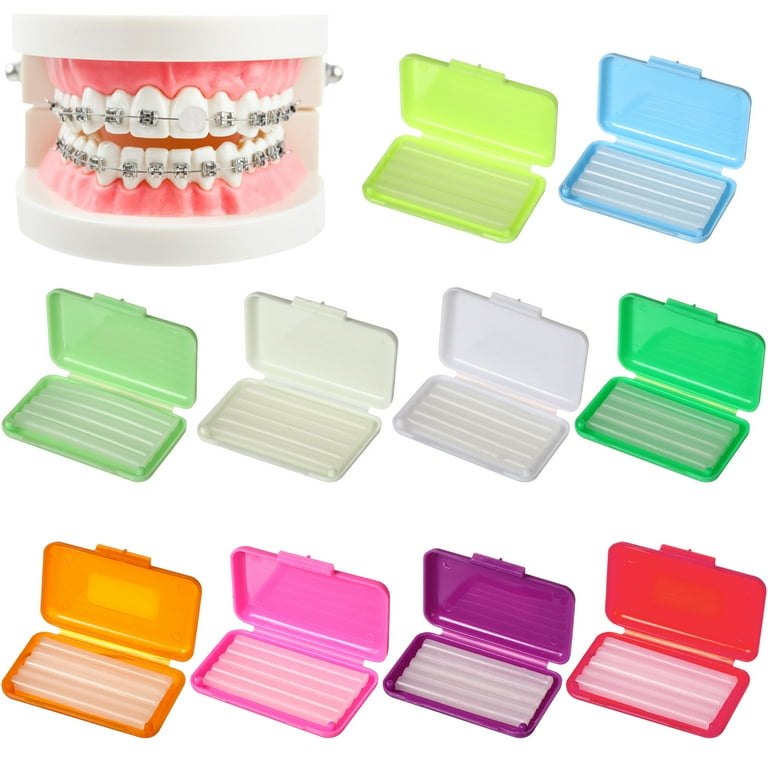Why Cumming Invisalign is the Perfect Option for a Discreet Orthodontic Solution
Why Cumming Invisalign is the Perfect Option for a Discreet Orthodontic Solution
Blog Article
Comprehensive Guide to Orthodontics Treatments for Dealing With Oral Imbalances
Recognizing the ins and outs of each treatment, including their mechanisms, benefits, and possible downsides, is critical in making notified choices regarding one's orthodontic treatment. As we browse through the extensive overview to orthodontic treatments for fixing oral imbalances, the detailed details of each approach will unfold, shedding light on the course towards a practical and harmonious dental placement.
Orthodontic Procedures Overview

Along with clear aligners and typical dental braces, orthodontists might also suggest various other treatments like headwear, palatal expanders, or retainers to attend to certain placement concerns (cumming aligners). These procedures are customized to each patient's special demands and might entail a mix of therapies to accomplish the desired outcomes. Normal modifications and tracking are essential components of orthodontic therapy to make certain progress gets on track and to make any needed modifications along the means. By going through orthodontic procedures, people can not only achieve a straighter smile yet likewise boost their general oral wellness and function.
Conventional Dental Braces: Exactly How They Function
When taking into consideration orthodontic treatments for oral imbalances, conventional braces stand out as a reliable technique for remedying teeth placing. Traditional braces are composed of braces, cords, and bands that work with each other to use continual pressure on the teeth, gradually moving them right into the preferred alignment. The brackets are affixed to the teeth making use of an unique adhesive, and the cables are threaded through the brackets. By changing the tension of the cables, orthodontists can control the instructions and pressure related to each tooth, leading them into proper placement over time.
One trick aspect of exactly how typical dental braces work is the process of bone makeover. As pressure is put on the teeth via the braces, the bone surrounding the teeth is improved to support the brand-new tooth settings. This makeover is vital for the lasting security of the fixed alignment. Patients will certainly need regular modifications at the orthodontist's workplace to make sure the dental braces remain to apply the right pressure for efficient teeth activity.
Unnoticeable Aligners: Cons and pros
These clear, personalized trays are essentially unnoticeable when put on, making them an attractive option for people looking for a much more aesthetically pleasing orthodontic therapy. Clients can get rid of the aligners prior to consuming or cleaning their teeth, decreasing the threat of food getting stuck in the appliance and streamlining the cleansing process.

Surgical Orthodontic Options
Surgical interventions in orthodontics present practical choices for attending to complicated oral imbalances that may not be successfully settled through conventional orthodontic therapies. While traditional braces and invisible aligners can deal with several orthodontic concerns, specific situations need surgical treatment to attain optimal results. Surgical orthodontic options are generally recommended for extreme malocclusions, substantial jaw disparities, and situations where the underlying bone structure needs alteration to attain appropriate positioning.
One usual surgical orthodontic procedure is orthognathic surgical procedure, which entails repositioning the jaws to fix functional concerns such as trouble talking or eating. This surgery is often executed in cooperation with an orthodontist that helps straighten the teeth prior to and after the procedure. Surgical orthodontics might also entail treatments to subject affected teeth, get rid of excess gum cells, or reshape the jawbone to create an extra harmonious facial account.
Before taking into consideration surgical orthodontic alternatives, clients go through a detailed evaluation to figure out the necessity and possible advantages of such interventions. invisalign. While surgical procedure might appear difficult, it read here can substantially boost both the function and appearances of the smile in instances where traditional orthodontic therapies fall short
Retainers and Post-Treatment Care

Failure to conform with post-treatment care guidelines can result in regression, where the teeth gradually move back towards their original positions. Consistent retainer wear, excellent dental health, and routine dental check-ups are vital for preserving the results achieved with orthodontic surgical treatment and guaranteeing the long-lasting stability of the corrected oral positioning.
Verdict
In conclusion, orthodontic treatments offer numerous options for remedying dental imbalances. Surgical orthodontic alternatives are offered for much more extreme misalignments. Generally, orthodontic procedures can successfully improve dental health and wellness and aesthetic appearance.
As we browse through the extensive overview to orthodontic procedures for remedying oral misalignments, the complex details of each technique will certainly unfold, shedding light on the course towards a useful and unified dental positioning. - orthodontics
One of the most typical orthodontic treatments is the use of dental braces, which are composed of steel brackets and cables that use mild pressure to slowly move teeth right into the wanted setting.When taking into consideration orthodontic treatments for dental imbalances, typical dental braces stand out as a time-tested method for fixing teeth placing. In addition, invisible aligners may not be appropriate for complicated orthodontic problems that call for even more substantial teeth activity, as they are generally suggested for moderate to modest instances. Retainers are custom-made orthodontic gadgets created to hold teeth in their remedied settings after the conclusion of orthodontic therapy.
Report this page